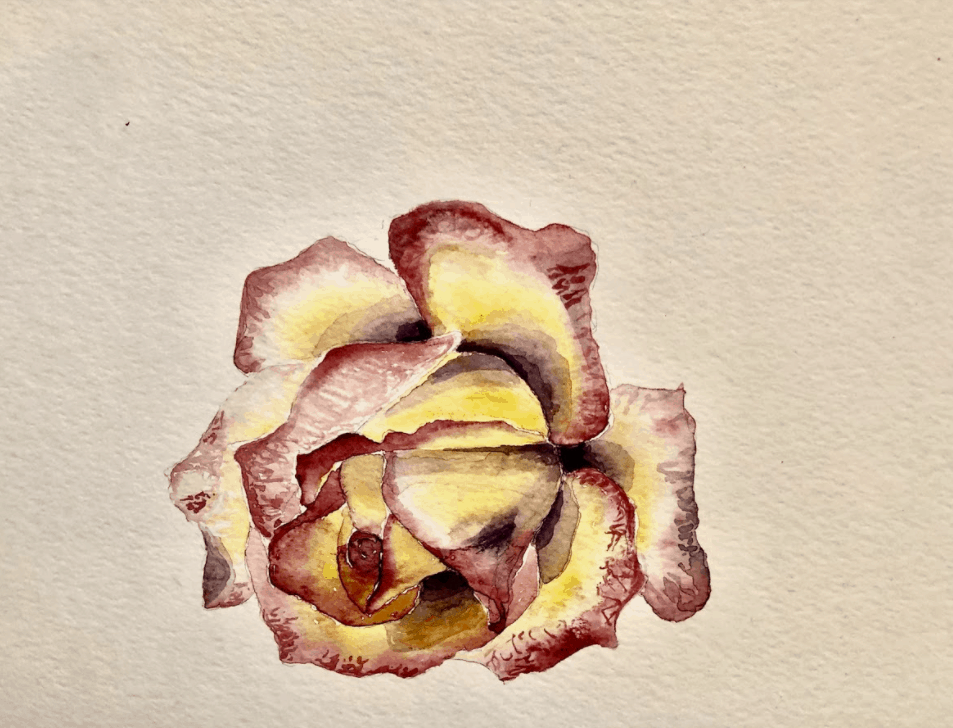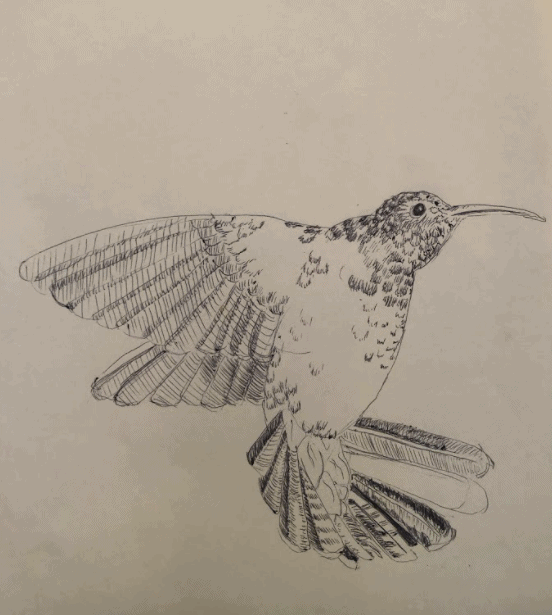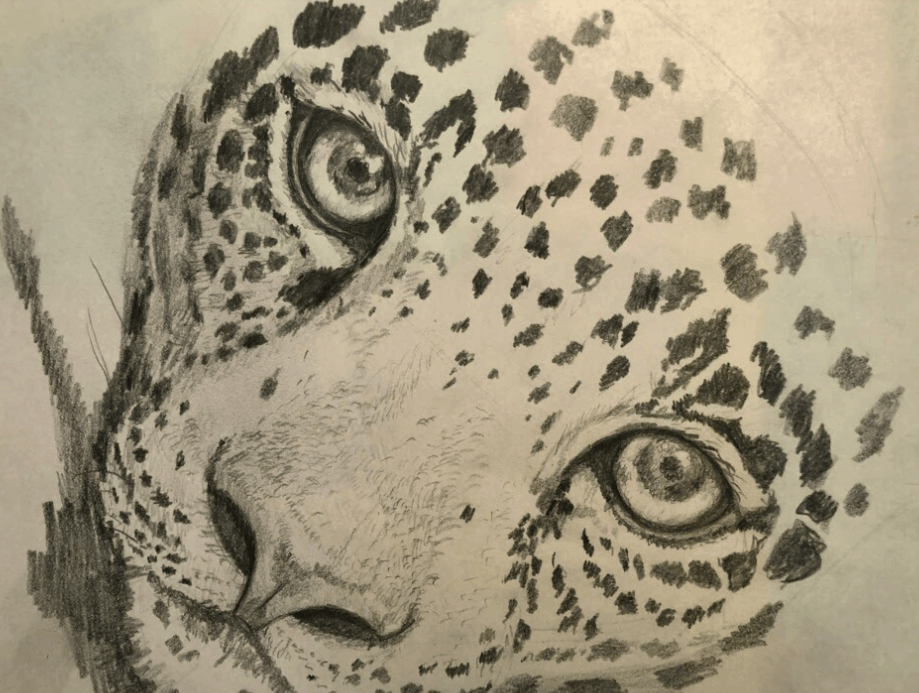On Wednesday, October 28, Roosevelt High School students and staff received the incredibly saddening news that the beloved teacher Anne Gregory had died by suicide the day before. Gregory taught art and language arts at Roosevelt for three years. Previously, she was a language arts teacher and an English-language learner (ELL) teacher at Evergreen High School in the Highline School District.
Friends of Gregory say she was genuine and warm to everyone she interacted with. “She was a calm and calming person,” says part-time Spanish teacher Ericka Ahlstrom. “Every time I was around her it was very calming to talk to her. [She was] super funny, friendly, open, sincere. She is someone who would really look you in the eyes and listen to you.”
Students describe Gregory’s laugh as contagious. Senior Hannah Elaimy, a former student of Gregory’s, says “I know that sounds kinda obscure, but Ms. Gregory’s laugh was so distinctive and infectious. It is something I will never forget about her, and I think others would say the same.”
Gregory’s talents as a teacher were undeniable. “Ms. Gregory has had the most influence on my art skills and style out of every art teacher I’ve had,” says Roosevelt senior Lulu Joireman. “She encouraged the exploration of different media and art styles… I use the skills I gained in her class in all of my artwork. She was always super supportive of the art everyone did in her class. She valued every single one of her students and what they created.” Gregory wasn’t just supportive of students like Joireman who are deeply passionate about art, but also for students who didn’t see art as their strong suit. “When students were struggling to complete assignments/projects she always made sure to check on the students. She was very attentive when it came to helping students who fell behind,” says Joireman.
Gregory’s passions were broad and deep. Beyond drawing and painting, Gregory pursued dance, music, and martial arts, and was particularly involved in Afro-Caribbean art forms. Ahlstrom recalls her and Gregory connecting over Afro-Caribbean dance and salsa dancing. “Just her talking about that I wanted to be like ‘let’s go out, let’s go salsa dancing’ because I don’t really know people who enjoy that kind of stuff.”
In addition to dance, Gregory was a talented steel drum pannist. Gregory was a part of The Seattle Women’s Steel Pan Project, a multi-generational, multi-ethnic women’s Caribbean steel drum band. Christine Gero, Roosevelt’s orchestra teacher, says “There’s this video of her… it’s her and a student, and they’re doing a steel drum duet… it is very sweet.”
Gregory also did Capoeira, an Afro-Brazilian martial art that combines elements of dance, acrobatics, and music. She was a part of the Seattle Capoeira Center. “She was just really out there in the world,” says Gero.
Gregory also took a strong initiative for social justice. “She believed strongly in social justice and equality, especially within BIPOC communities,” says her student, Joireman. “The examples we were given as inspiration for our art always featured a diverse group of artists and creators. She took precautions to ensure all students felt safe and welcome in her classroom no matter what.”
Gregory’s friends and colleagues also emphasize her passion for social justice. “She was super well-read, she was really really active with social justice,” says Gero. In fact, Gero and Gregory ran into each other at a book reading in the winter of 2019 when Ta-Nehisi Coates came to Seattle. Colleagues describe Gregory as introspective and self-reflective, especially when it came to social justice. “She was very very developed, very far along on her own journey to figuring out where she was falling short and where she was falling into this white supremacist trap,” Ahlstrom says. Gregory was constantly evolving her art curriculum to strive towards anti-racism. Ahlstrom says Gregory was “Extremely emotionally intelligent, extremely self-reflective, not ever settling, always trying to move forward, always trying to learn more, always trying to do more, which I found to be really inspiring. It is really easy to get exhausted, but she was always so motivated, and I found that to be very infectious. And it made me be like ‘I need to do more too’.”
Perhaps Gregory’s most impactful legacy was her call for connection and community. Ahlstrom describes a moment at a staff meeting the first year Gregory was hired: “She stood up at a staff meeting and she was like ‘I’m new here, and nobody says hi to me in the halls… I mean why not say hi?’ I thought that was cool, so I wanted to go out of my way to get to know her better because I thought that it took guts to stand up and call us out for being in our own worlds, which happens for teachers.”
When it came to reaching out and building community, Gregory went out of her way to do just that. “She always said hi to me in the hallways and when I came into class,” says Joireman. For Gero, Gregory’s warm presence also stands out: “She is definitely the kind of person who would have said hello in the hallways, she wouldn’t have walked past you. I think that kind of acknowledgment was really important to her.”
Friends and students of Gregory’s could count on her kindness and generosity. Gero recalls that one morning she and Gregory had made a plan via text to go grab a coffee. “I‘m from the East Coast, I’m not from around here, so I’m very used to the Seattle freeze. So I was like ‘eh is she really going to show up’ and boom right on time she showed up at my office door. You could tell you could count on her. If she said she was going to be there and do something, she was going to be there and do it.” Joireman echoes this sentiment: “She is so generous and kind. I still have some materials she let me borrow before we went into quarantine. I miss her.”
As a part of her sincerity and openness, Gregory didn’t shy away from sharing about struggling with mental health. “With her peers… as a friend, she was honest about struggling… just the fact that she was a very honest person too, was very endearing,” says Gero As a result of Gregory’s openness about struggling, she was able to help others in similar positions. “She has touched so many people… She really made the world a more beautiful place,” says Ahlstrom. “It sounds like she was someone people could talk to about mental health at her old school… There were some really sweet comments and anecdotes about talking to her on the phone and having her talk them down from a really bad place… she did so much.”
The Roosevelt community will continue to grieve this immense loss. In the grieving, there is also a strong reminder of what Gregory cared deeply for: connection. “If anything, that is the Anne Gregory legacy. I’m not going to hold back anymore, if somebody needs a friend or they need support or they need to cry, I’m just gonna call them up,” says Ahlstrom.
Much of Roosevelt was just getting to know a beautiful person, but Gregory will not be forgotten. “All of these really beautiful cool things have popped up into existence as a direct result of the shock and the pain and trauma and sadness of losing this amazing human,” says Ahlstrom. Gero has since started a “Sunshine Club” for teachers of Roosevelt to have a space for connection and decreasing isolation. Ahlstrom says, “I think that is a testament to the kind of person she was… she was so inspiring, even when she is not with us, it is like this beauty, this light, and this love she put out there is still growing. And I think she’d be happy to know that.”
Need HELP now?
Call the National Suicide Prevention Lifeline: 1.800.273.8255
OR Text Crisis Text Line at 741741
If the person you are concerned about is in immediate danger of killing themself and/or refuses to stay safe with you, call or text 911.
If you are an RHS student seeking an appointment with Teen Health Center mental health providers, fill out this form or to get more information, text 206-653-9786.




